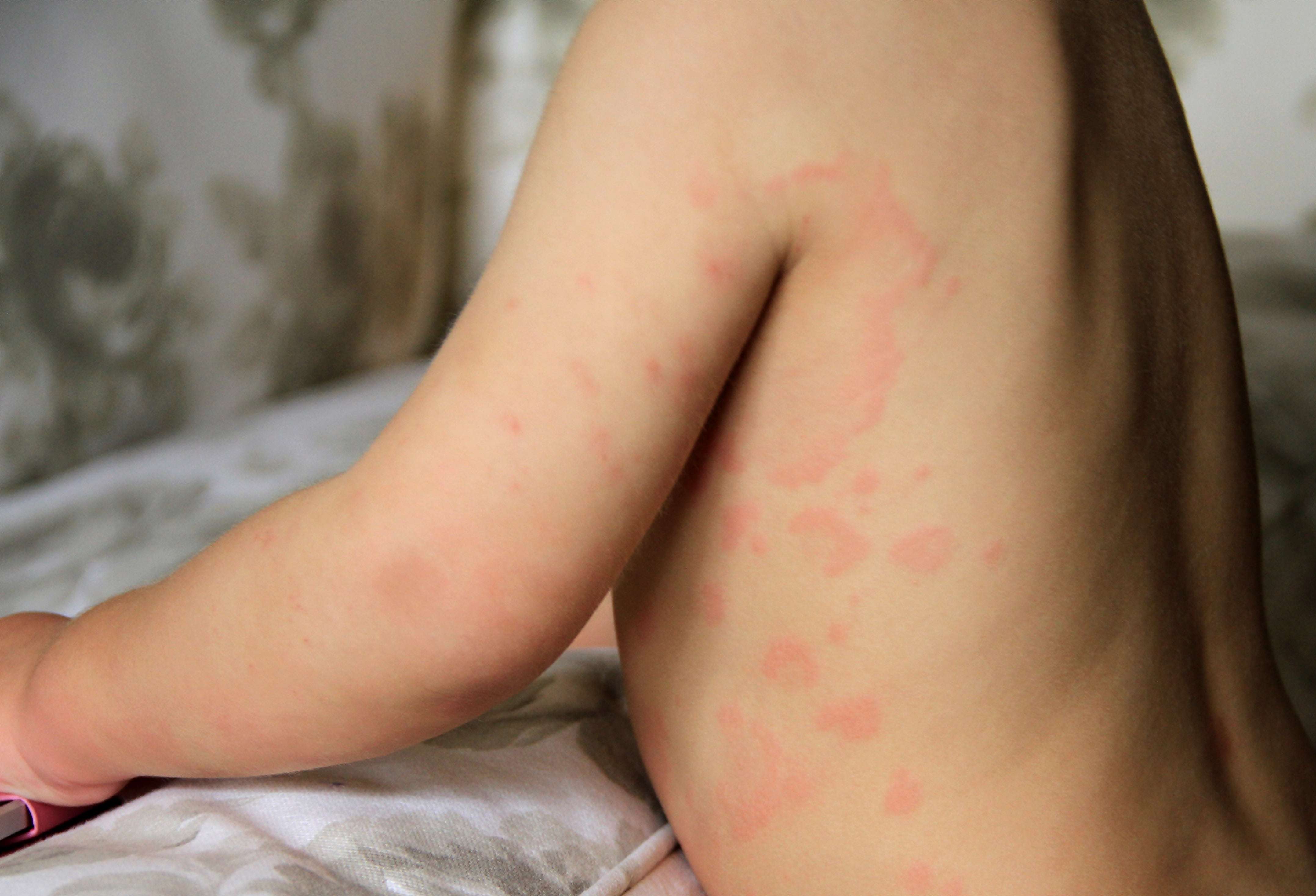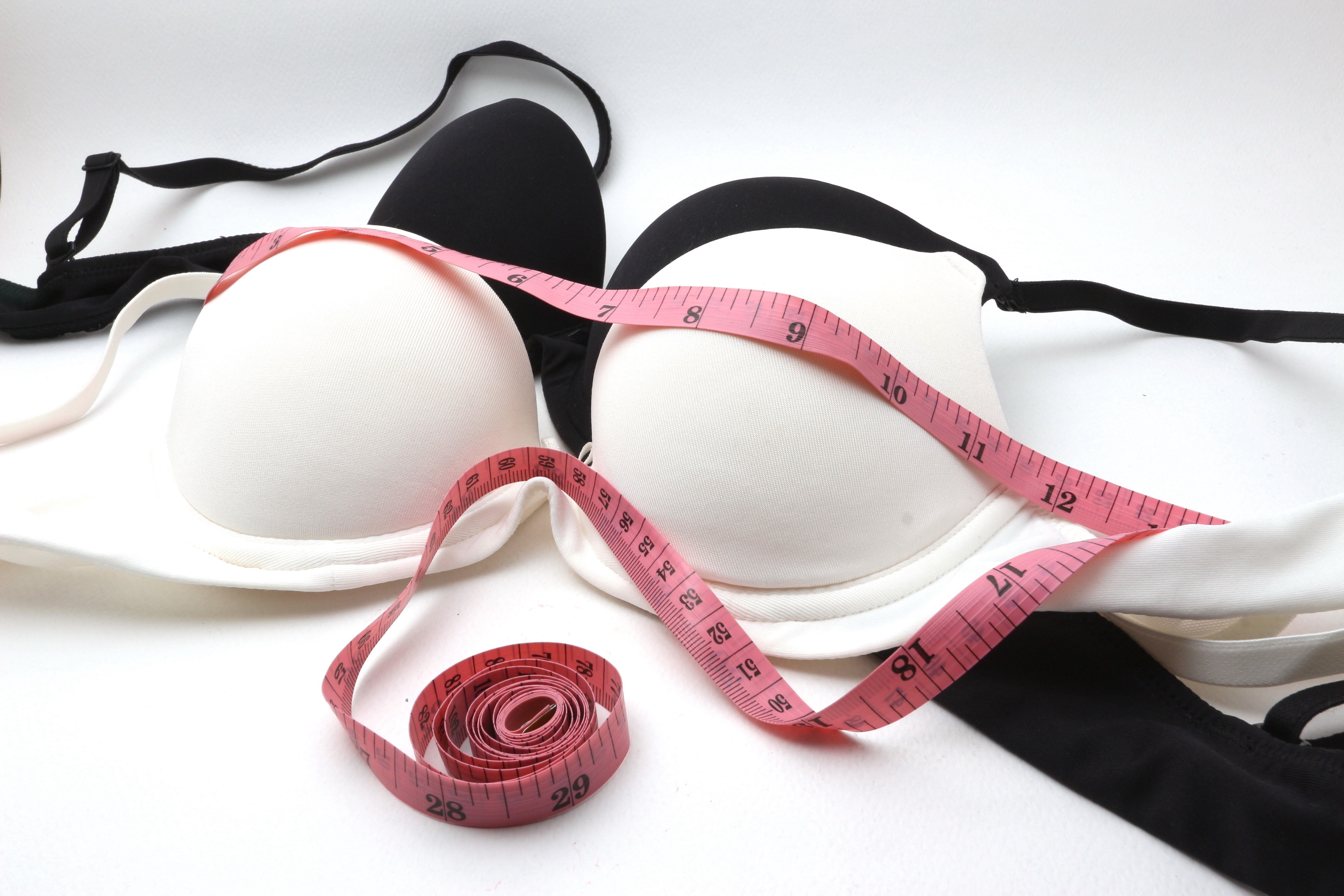This was how our customers reacted upon purchasing our Women's Cropped Leggings, made with 100% organic cotton. Her experience with beautylika reinforced her conviction that individuals with skin conditions and allergies should steer clear of not only well-known cosmetic ingredients but also lesser-known ones, including phenoxyethanol.
WHAT IS PHENOXYETHANOL?

Characterized as an oily, sticky substance with a pleasant odor often comparable to roses, phenoxyethanol is a synthetic preservative that can be found in a wide range of skincare products.
According to WebMD, phenoxyethanol is commonly used as both a preservative and a stabilizer in cosmetics products, soaps, detergents, and even perfumes. The said substance aids in preventing the growth of fungi, bacteria, and yeast, giving them a longer, safer shelf life.
“If your cosmetics products aren’t preserved correctly and become contaminated, they are very harmful. Your skin may be irritated, infected, and you may even have symptoms of illness. Additionally, products that aren’t preserved correctly can impact how the product is intended to be used, including look, smell, and feel,” it said.
Other uses of phenoxyethanol include:
- Insect repellent
- Antiseptic
- Solvent
- Anesthetic in fish aquaculture
HOW TO AVOID CONTACT WITH PHENOXYETHANOL

According to Contact Dermatitis Institute (CDI), phenoxyethanol is commonly found in dermatological products such as skin creams and sunscreens. It's also found in perfumes, insect repellents, antiseptics, dyes, inks, preservatives, and medications.
To veer away from products containing the said substance, look out for these ingredients on the labels:
- Arosol
- Dowanol EP
- Dowanol EPH
- Emery 6705
- Phenoxethol
- Phenoxytol
- Rose ether
- CAS RN: 122-99-6
- 2-Phenoxyethanol
- Euxyl K 400
- PhE
WHERE CAN YOU FIND PHENOXYETHANOL?
Products that contain phenoxyethanol include:
- Eye shadow
- Sunscreen
- Mascara and eyeliner
- Shampoo and conditioner
- Foundation and concealer
- Hand cream
- Blush
- Hair color
- Hair spray
- Lip balm and gloss
- Lotion and moisturizer
- Nail polish
- Baby wipes
Baby lotions and soaps that contain phenoxyethanol:
- Soap and body wash
- Shaving cream
- Deodorant
- Toothpaste
- Perfume and fragrance
- Hair removal waxes
- Hand sanitizer
- Ultrasound gel
WHAT ARE THE DANGERS OF PHENOXYETHANOL?
Exposure to phenoxyethanol has been linked to reactions ranging from eczema to severe, life-threatening allergic reactions.
In 2010, a case study reported that a woman who developed an allergic reaction experienced hives and anaphylaxis after using a skin care product with phenoxyethanol. After giving her a particular phenoxyethanol skin test, the researchers found that she was allergic to the preservative.
Five years after, another case of phenoxyethanol causing irritation was reported. The application of this preservative through ultrasound gel resulted in contact dermatitis.
“The patient developed atypical purpuric cutaneous presentation located on vascular axes. Semi-open test with ultrasound gel and patch test with phenoxyethanol was followed by the same clinical purpuric eruption which strongly suggested the accountability of this later component as [an] allergen,” the study concluded.
WHAT ARE THE EFFECTS OF PHENOXYETHANOL?
According to WebMD, the use of products containing phenoxyethanol has been associated with reactions that could potentially be life-threatening. While phenoxyethanol is generally considered safe in small concentrations, it can still pose risks to individuals with skin conditions and sensitivities.
IT MAY CAUSE IRRITATIONS
If you’re allergic to phenoxyethanol, you may develop rash-like hives on your skin where the product was applied. In severe cases, you may experience anaphylaxis. One study showed that parabens may enhance the effects of phenoxyethanol, leading to a stronger reaction.
IT MAY TRIGGER SKIN CONDITIONS
If your skin is already sensitive because of eczema, avoid products with higher concentrations of phenoxyethanol. If you do have a reaction, discontinue use. Most cases of a skin reaction clear up within days or weeks once you stop using the product.
IT MAY BE HARMFUL TO INFANTS
In the same article, WebMD reported that a nipple cream containing phenoxyethanol was recalled in 2008. "Infants who nursed and ingested the nipple cream had instances of vomiting, diarrhea, and a depressed nervous system. Some babies lost their appetites, exhibited limpness, or showed difficulty waking up after sleep," it said.
WHAT TO WEAR?
Although phenoxyethanol is not commonly utilized in clothing and is generally considered a safe compound with low toxicity levels, some individuals may still experience allergies to this substance, leading to possible irritation.
If you are concerned about the possibility of exposure to phenoxyethanol in clothing, the recommended course of action is to always look for clothing that is free from harmful dyes, chemicals, and fragrances.
Consider exploring our hypoallergenic collections for a safer choice. Explore our collection of allergy-free clothing meticulously crafted from 100% organic cotton. These garments provide a comfortable and synthetics-free experience, allowing individuals to live with ease while maintaining skin health.
TAKEAWAY: Understanding phenoxyethanol sensitivity and allergy symptoms is of utmost importance, particularly for individuals who experience adverse reactions. If you suspect you may be allergic to phenoxyethanol, it is vital to thoroughly examine the ingredients of your skincare products and consider opting for organic cotton clothing items.
DISCLAIMER: The information presented on beautylika is not, and will never be, intended to be a substitute for professional medical advice, diagnosis, or treatment. All content materials found on this site, from text, treatments, outcomes, charts, graphics, photographs, and study findings, are created and published for general informational purposes only. It should not, in any way, be construed as a standard of care to be followed by a user of the website.
Thus, readers are encouraged to verify any information obtained from this website with other accurate references and review all information regarding any medical condition or treatment with their physician. As beautylika strives to help those with allergies live with better days, the hypoallergenic apparel brand encourages everyone to always seek the advice of their physician or other qualified health providers with any questions they may have regarding a medical condition.












































































































